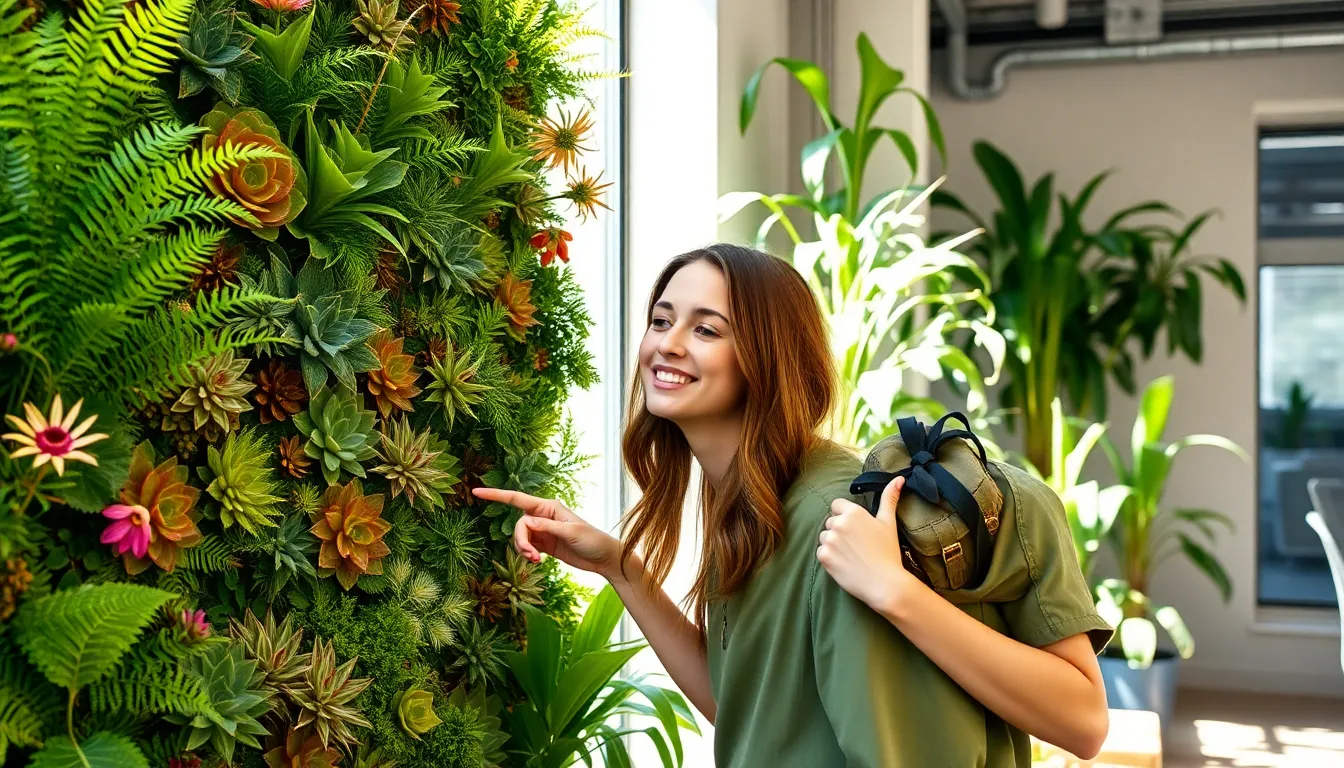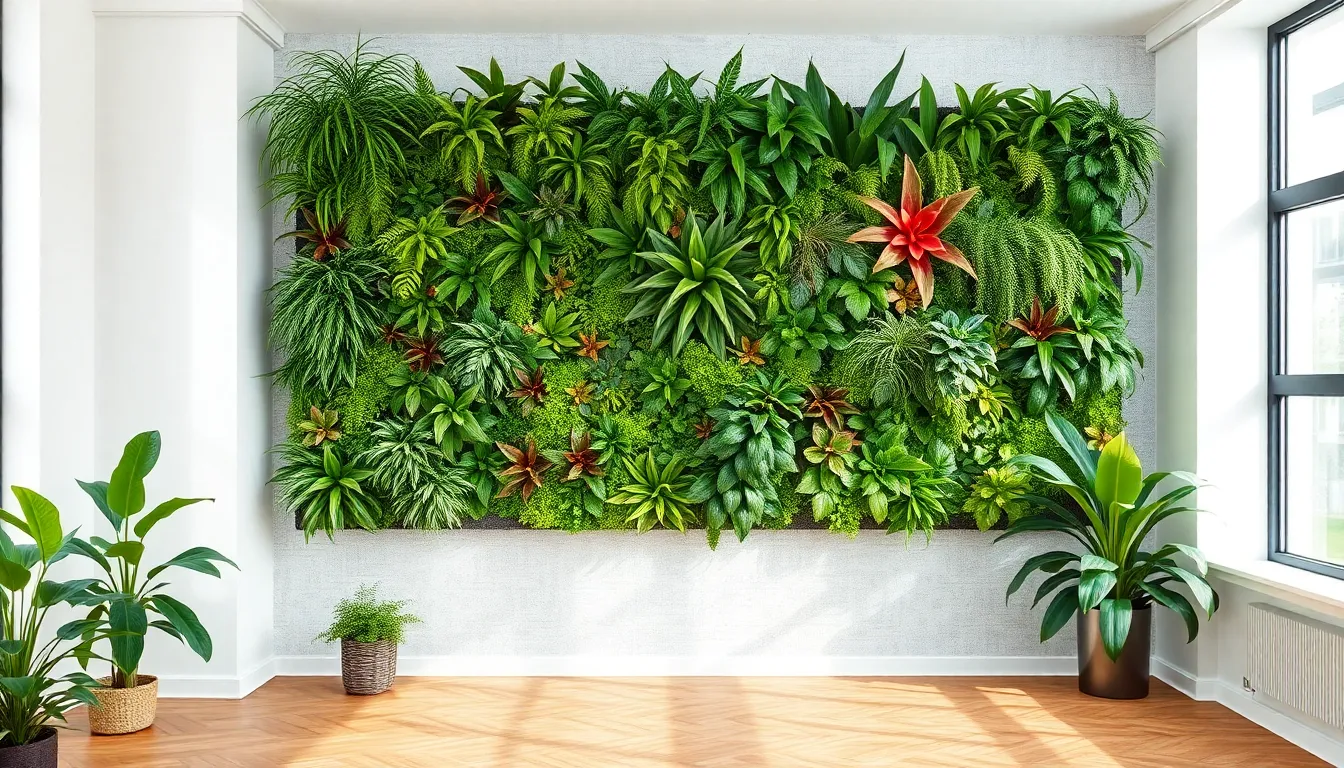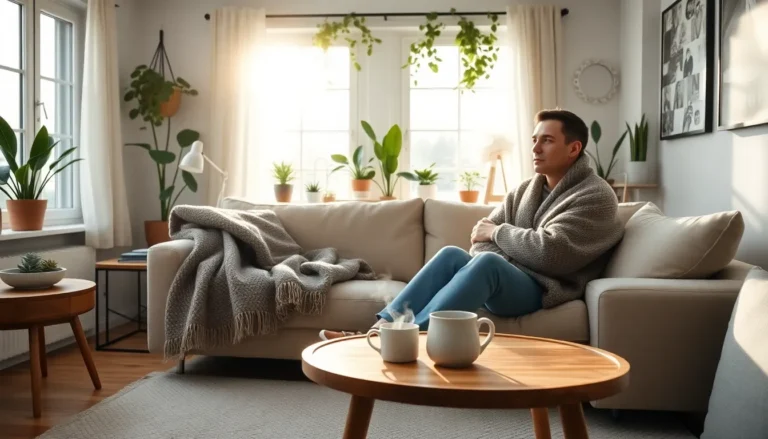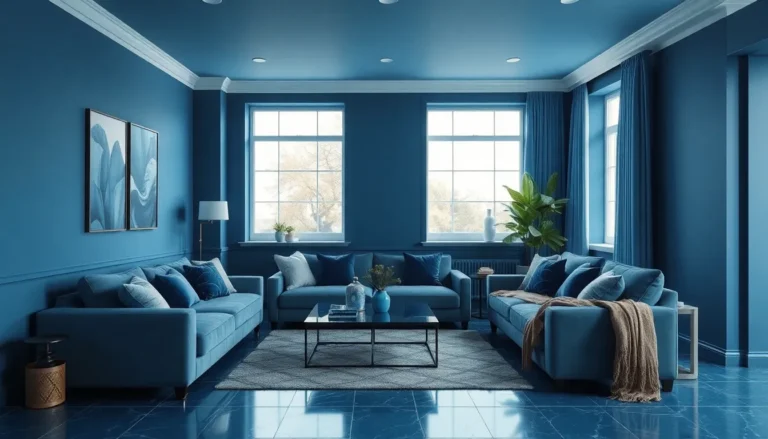Table of Contents
ToggleImagine transforming a dull wall into a vibrant oasis that not only pleases the eye but also purifies the air. Plant wall installations are the ultimate game-changer for any space, whether it’s a cozy apartment or a bustling office. They bring nature indoors, creating a lush backdrop that’ll make your friends and coworkers green with envy.
Overview of Plant Wall Installations
Plant wall installations consist of vertical gardens that bring nature into urban environments. These walls require careful planning to ensure optimal growth and aesthetics. Various plant species can thrive in these environments, including ferns, succulents, and flowering plants.
Benefits include improved indoor air quality through natural filtration processes. Plants absorb carbon dioxide and release oxygen, creating healthier surroundings. Additionally, these installations provide sound insulation, contributing to quieter spaces.
Installation methods vary widely, from pocket systems to hydroponics. Pocket systems use fabric pockets that hold plants securely while providing drainage. Hydroponics relies on water and nutrient solutions, reducing the need for traditional soil. Professionals often recommend assessing wall orientation and light exposure before installation.
Maintenance typically involves regular watering and light management. Automated irrigation systems simplify upkeep by ensuring plants receive adequate moisture. Seasonal rotation can refresh the visual appeal and maintain plant health.
Commercial spaces frequently utilize plant wall installations to create inviting environments. Restaurants and offices benefit significantly from greenery, enhancing customer experience and employee well-being. Homeowners often choose them as focal points, beautifying interior spaces with vibrant flora.
Design flexibility allows for creativity in various styles. Some opt for structured patterns while others prefer a more organic look. Regardless of the approach, plant walls serve as functional art, merging aesthetics with ecological benefits.
Benefits of Plant Wall Installations
Plant wall installations offer numerous advantages that elevate both aesthetic value and environmental quality in any space. Their vibrant, green designs create visually stimulating areas while also providing practical benefits.
Aesthetic Appeal
Visually striking, plant walls add a unique dimension to interiors. Colorful foliage transforms stark surfaces into living art, enhancing any room’s ambiance. Homeowners and businesses alike benefit from the opportunity to customize designs with various plant species, creating personal styles. Many options exist, from lush tropical greens to minimalist succulents, enabling diverse aesthetics. A well-designed plant wall often acts as a stunning focal point, drawing attention and sparking conversation. Improved mood and creativity are commonly experienced in spaces enriched with greenery.
Environmental Impact
Significant environmental advantages accompany plant wall installations. Indoor air quality improves dramatically as plants filter toxins from the air. Research shows that plants absorb carbon dioxide and release oxygen, contributing to healthier living conditions. Additionally, noise reduction becomes more efficient since plants absorb sound, leading to quieter, more serene environments. Energy efficiency is also enhanced, as the presence of greenery helps regulate temperature. These ecological benefits resonate strongly in urban areas, where greenery often becomes scarce. By promoting biodiversity, plant walls support essential ecosystems in densely populated settings.
Types of Plant Wall Installations
Plant wall installations offer various styles to suit different preferences and environments. Two popular types include living walls and vertical gardens.
Living Walls
Living walls consist of panels that support plant growth, providing a lush, green aesthetic. They thrive in diverse settings, from homes to commercial spaces. Plants are often arranged in a modular format, ensuring easy maintenance and flexibility in design. Irrigation systems are typically integrated to simplify watering. Some systems utilize hydroponic technology, allowing plants to flourish without soil. These installations not only beautify spaces but also improve air quality and promote well-being, making them a worthwhile investment.
Vertical Gardens
Vertical gardens, a subtype of living walls, focus on creating stunning, self-sustaining ecosystems. They can feature a variety of plant species, including herbs, succulents, and ornamental plants. These gardens provide a dynamic solution for limited space while enhancing visual appeal. Various structures support vertical gardens, such as trellises or wall-mounted grids. Sunlight exposure plays a crucial role in plant selection and placement. In both residential and commercial applications, these gardens contribute significantly to sustainability and environmental health.
Maintenance and Care Tips
Regular maintenance ensures the longevity of plant wall installations. Watering plants according to their specific needs is crucial for optimal growth. Ferns generally require more moisture, while succulents thrive in drier conditions.
Monitoring light exposure is key. Adequate lighting affects plant health. Adjusting the placement of the wall or using grow lights can promote sustainability.
Inspecting the plants routinely helps identify pests and diseases early. Seeing yellowing leaves or drooping stems may indicate underlying issues. Treatment options include removing affected leaves or applying natural remedies.
Fertilizing plants every four to six weeks supports nutrient availability. Use a balanced liquid fertilizer formulated for indoor plants. Ensuring that the fertilizer suits the specific plant species enhances growth.
Cleaning the leaves of dust ensures efficient photosynthesis. A damp cloth can easily wipe away dust buildup. Regular cleaning contributes to the overall health and appearance of the plant wall.
Automated irrigation systems simplify watering. Installing such systems can alleviate the inconvenience of manual watering. These systems can be programmed to meet the specific moisture requirements of each plant type.
Seasonal adjustments can enhance plant vitality. During winter, reducing water frequency may be necessary due to decreased evaporation. This modification helps prevent root rot and fungal issues.
Incorporating plant care into a weekly routine strengthens the bond between plants and their caretakers. Keeping track of plant growth and changes fosters a thriving environment. Engaging with plants regularly enriches the experience of having a living wall.
Choosing the Right Plants
Selecting the appropriate plants is crucial for successful plant wall installations. Ferns thrive in low-light environments, making them ideal for shaded areas. Succulents, with their hardy nature, excel in bright, direct sunlight. Flowering plants offer vibrant colors, enhancing visual appeal.
Considerations for wall orientation and humidity levels play a significant role in plant selection. North-facing walls typically provide less light, favoring shade-tolerant species. In contrast, south-facing walls receive abundant sun, supporting sunlight-loving varieties.
Maintenance requirements also influence plant choices. Drought-tolerant plants require less frequent watering, while tropical species need consistent moisture. Evaluating each plant’s growth habits ensures compatibility within the vertical space.
Choosing a diverse mix of plants fosters a more resilient ecosystem. Combining leafy greens and colorful blooms attracts beneficial insects, promoting pollination. Incorporating trailing plants adds depth, creating a lush, layered look.
Researching native species adapts well to local climates. Native plants often require less maintenance and provide habitat for local wildlife. Including a variety of textures and colors maximizes aesthetic interest while enhancing air quality.
Ultimately, the right selection transforms an ordinary wall into a living masterpiece. Assessing light exposure and humidity levels ensures optimal plant health. Balancing beauty and function captures the essence of successful plant wall installations.
Conclusion
Plant wall installations offer a unique way to bring nature indoors while enhancing the overall ambiance of a space. Their versatility allows for creative designs that cater to individual tastes and needs. With the right plant selection and proper maintenance, these living walls can thrive and provide lasting benefits.
The positive impact on air quality and aesthetics makes them a valuable addition to both homes and commercial settings. As urban environments continue to grow, integrating greenery through plant walls becomes increasingly essential for promoting well-being and sustainability. Embracing this trend not only beautifies spaces but also fosters a deeper connection with nature, enriching the experience for everyone involved.








